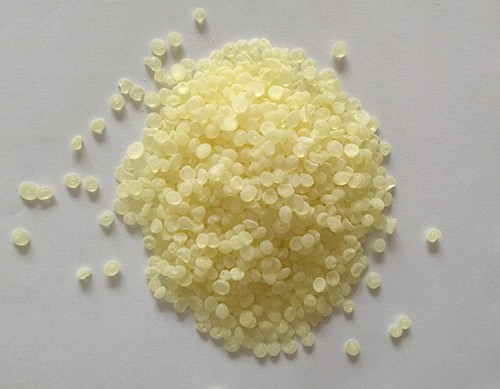
 Language
▼
Language
▼
More Language

The curing mechanism of C5 hydrocarbon resin for hot melt is a complex process that involves interactions between resin molecules and chemical reactions. The following is a detailed explanation of the curing mechanism of C5 hydrocarbon resin for hot melt:
The curing of C5 hydrocarbon resin for hot melt is usually achieved through two methods: physical crosslinking and chemical crosslinking. Physical crosslinking refers to the connection between resin molecules through physical forces such as van der Waals forces and hydrogen bonds, forming a stable network structure. Chemical crosslinking is achieved through chemical reactions between resin molecules, such as addition reactions, condensation reactions, etc., to form covalent bonds and solidify the resin.
Catalysts play a crucial role in the curing process of C5 hydrocarbon resin for hot melt. Catalysts can reduce the activation energy of intermolecular reactions in resins, accelerate the reaction rate, and promote the curing of resins. Different catalysts have different effects on resin curing, so choosing the appropriate catalyst is crucial for controlling the curing speed and degree of the resin.

The curing conditions, such as temperature, pressure, and time, also have a significant impact on the curing process of C5 hydrocarbon resin for hot melt. Temperature is one of the key factors affecting the curing speed of resin. As the temperature increases, the movement speed between resin molecules accelerates and the collision frequency increases, thereby accelerating the curing reaction. Pressure can affect the distance and interaction forces between resin molecules, thereby affecting the curing effect. Time is a necessary condition for the completion of the curing process, and sufficient time can ensure sufficient reaction between resin molecules to form a stable network structure.
During the curing process of C5 hydrocarbon resin for hot melt, a series of chemical reactions occur. These reactions may include addition reactions between resin molecules, condensation reactions, etc. Through these chemical reactions, covalent bonds or other types of chemical bonds are formed between resin molecules, thereby curing the resin. The specific types and processes of these chemical reactions depend on the formulation and curing conditions of the resin.
 Address:Linzi District,Zibo City,Shandong Province
Address:Linzi District,Zibo City,Shandong Province E-mail:wanbang@wanbangresin.com
E-mail:wanbang@wanbangresin.com WhatsApp:+8615053337101
WhatsApp:+8615053337101
China C5 hydrogenated petroleum resin supplier : Shangdong Wanbang New Materials Co., Ltd.
C5 hydrocarbon resin manufacturer has a wide range of applications, high quality, low price, and multiple uses.Welcome to consult.